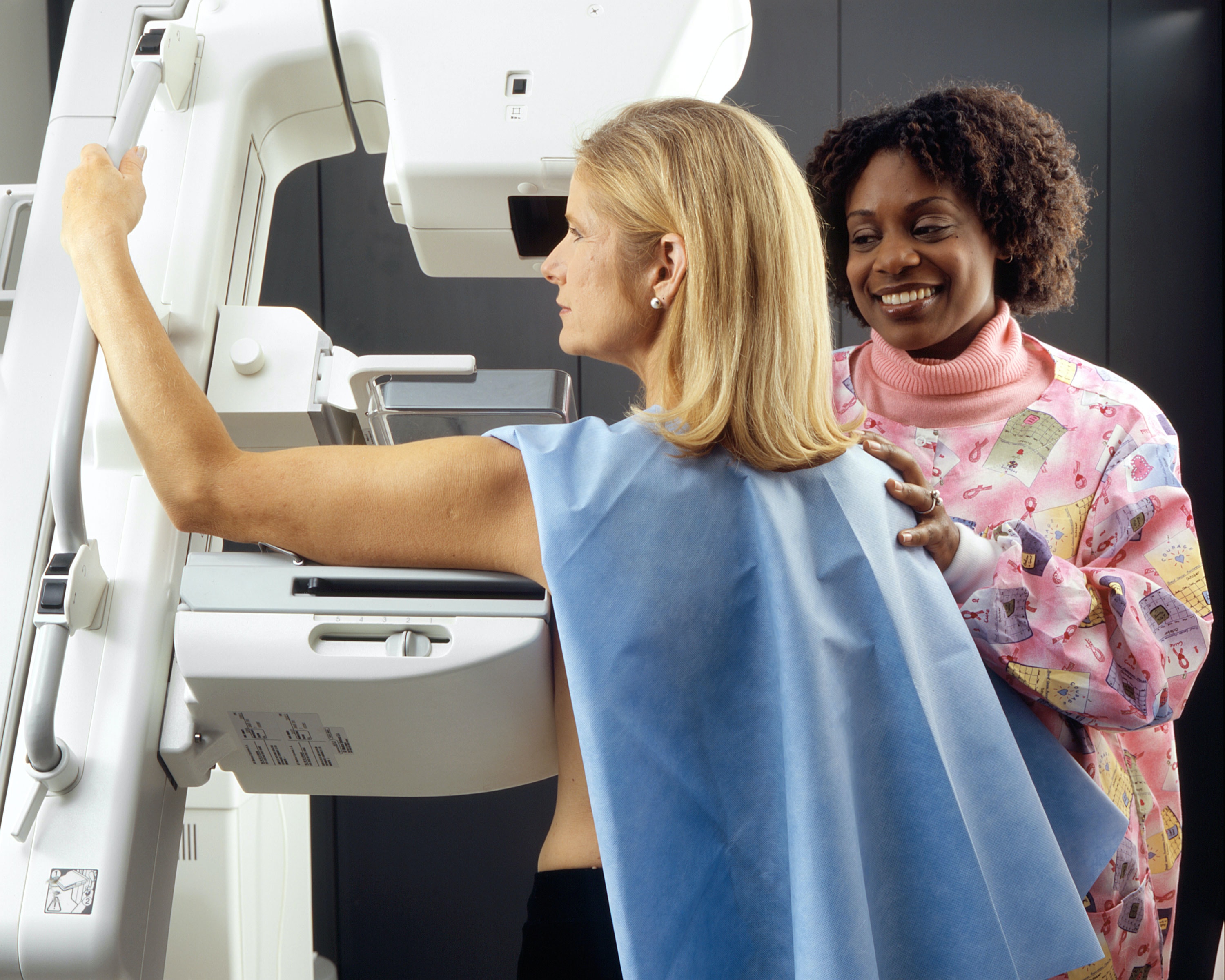Our Blog
Myths About Mammograms

Screening mammograms are saving lives in the fight against breast cancer. They can detect cancer when a woman has no disease symptoms.
Even though mammography screening has helped reduce the breast cancer mortality rate in the U.S., many women still avoid them. They don't understand the need or are afraid of the process. There are many myths about mammograms out there, so let's talk about the facts about this lifesaving screening process.
Myth 1: Mammograms Expose You to Radiation
A mammogram is a low-energy x-ray, so radiation is involved, but your exposure is minimal. In addition, imaging centers undergo rigorous certification processes to ensure they offer safe mammograms.
Since mammograms are a critical screening tool, the Food and Drug Administration (FDA) regulates their use along with other governing agencies, such as the American College of Radiology. All facilities that offer mammograms should have certifications to determine the equipment is operating right and that every protection is taken during the test to ensure your safety.
Radiation is something people experience daily in the natural environment. A certified mammogram will expose you to about two months of that level of radiation. When you measure that against the risk of breast cancer, it seems clear that the mammogram makes sense. Most women get them every two years, which lowers the risk even more.
Myth 2: I Had a Normal Mammogram a Few Years Ago, So I Don't Need Another
Screening mammograms are about detecting disease, not preventing it. A routine mammogram doesn't mean you have not had cancer growth since that test. Early detection is critical in breast cancer, and screening is one of the best tools for finding tumors while they are treatable.
Myth 3: I Don't Need a Mammogram Because Breast Cancer Doesn't Run in My Family
The Centers for Disease Control and Prevention (CDC) recommends all women between the ages of 50 and 74 get screened with a mammogram every two years. This is true even if there is no history of breast cancer in the family. As many as 85 percent of all diagnosed cases of breast cancer happen in women with no family history.
Women with higher risk factors may start earlier and have more frequent screenings. Higher risks might include:
- A history of breast problems, including cysts
- A family history of breast cancer
- BRCA1 and BRCA2 genes
- Exposure to large quantities of radiation, especially as a child
- Having your first child after you turn 30
- Never being pregnant
- Postmenopausal hormone therapy
- A history of alcohol consumption
Your healthcare provider will review your risk factors and help decide how often a mammogram makes sense for you.
Myth 3: There are Too Many False Positives With Mammograms
Although not perfect, screening mammograms represent the most accurate tool for the early detection of breast cancer. That doesn't mean some women don't get false positives. A false positive indicates something abnormal in the breast when there isn't anything there.
False positives are scary but not as common as you may think. The chances of getting a false positive with your screening mammogram are between seven to 12 percent. That means you have as much as an 88 percent chance of having an accurate scan.
False positives tend to be more common in some women, too. Some things that contribute to false positives include:
- Dense breast tissue
- Previous breast biopsies
- Supplemental estrogen
- It's the first mammogram
There is also a risk of a false negative. For example, the American Cancer Society reports that screening mammograms miss one in eight breast cancers. That is why it is critical that you have them regularly and that you do other forms of screenings like self-exams and professional breast exams.
Myth 4: Mammograms Are Painful
This isn't as much a myth as an exaggeration. People experience pain at different levels. A mammogram requires compression of the breasts, which can be uncomfortable for some women. The discomfort is short-term, though. When you compare a few seconds of discomfort to a life battling breast cancer, any pain you may experience is worth it.
The imaging professionals will do everything they can to make the experience more comfortable for you. For example, they may ensure you schedule your exam in the middle of your menstrual cycle. This is because breasts are naturally more tender the closer you get to your period.
If you find getting a mammogram too hard for you, talk to your doctor, It may be possible to give you something to help get you through the screening. There are also other options for screening, although few are as sensitive as a mammogram. An ultrasound, for example, can detect some tumors and is often used for women with very dense breast tissue.
Your doctor may also want to order a more advanced imaging test, such as an MRI, if there is a risk of cancer and they have been unable to get a successful mammogram. There are new technologies like a digital mammogram that might be possible for women unable to tolerate a traditional screening test.
The best way to ensure a successful screening mammogram is to follow the requirements for the test carefully. Don't wear lotion, deodorant, perfume, or powder on the day of your test. Also, if you have had previous mammograms at other imaging centers, have those tests sent ahead of time or pick them up and bring them with you.
A screening mammogram offers you the best hope of detecting breast cancer early. That is why it is important to understand their importance and to schedule them regularly.
‹ Back









